Burmese Teak Wood
- September 18, 2023
- 1 comment

Burmese Teak is globally recognized for its unparalleled quality. Hailing mainly from Myanmar (formerly Burma), this wood boasts a deep, golden-brown hue, exuding an aura of luxury. Beyond its beauty, it has historically been sought after for its innate ability to resist decay, termites, and other pests, making it a coveted resource for various industries.
Texture
One of the unique aspects of teak is its tactile quality. The wood grain is typically straight, paired with a coarse and uneven texture, providing it with character. When touched, the wood reveals an oily sensation, which is a testament to its natural moisture resistance and its ability to deter pests.
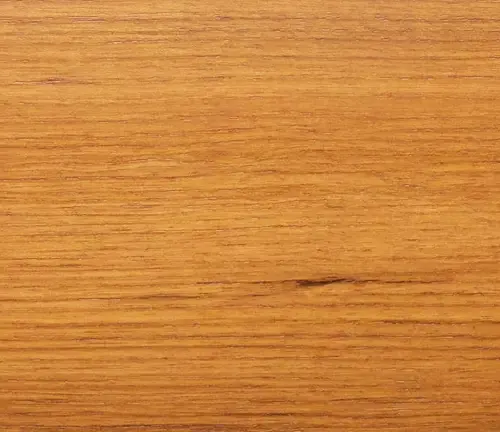
Bark
The bark of the teak tree offers a stark contrast to the wood inside. It is rough and gritty, presenting in shades of grayish-brown. This bark acts as the tree’s protective layer against the outer environment.
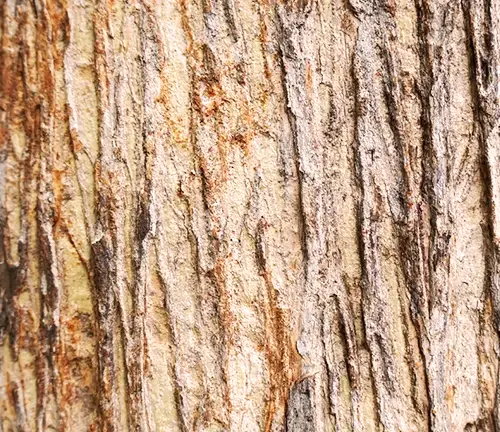
Furniture
When thinking of luxury, outdoor furniture, teak often comes to mind. The wood’s natural attributes make it a superior choice for pieces expected to endure varying weather conditions. Over time, teak furniture gracefully transforms, developing a silver-gray patina that many find charming. With minimal care, teak furniture pieces can be passed down as heirlooms.
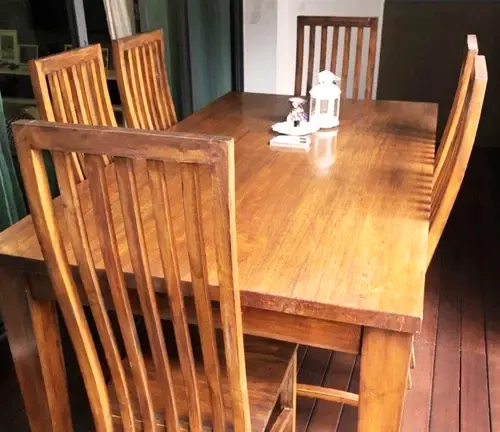
Weapon
In ancient times, the robustness of teak was potentially utilized to construct weapons, such as bows. However, in the modern era, this application is virtually obsolete, given the emergence of advanced materials and the wood’s high value.
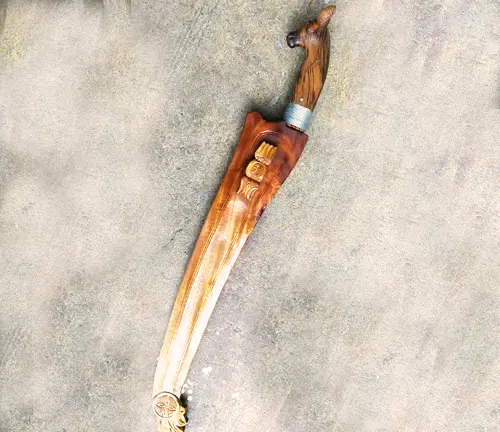
Firewood
Although technically usable as firewood, doing so would be analogous to burning cash. Given teak’s high market value and its potential for numerous prestigious applications, using it as mere firewood would be extravagant and uneconomical.
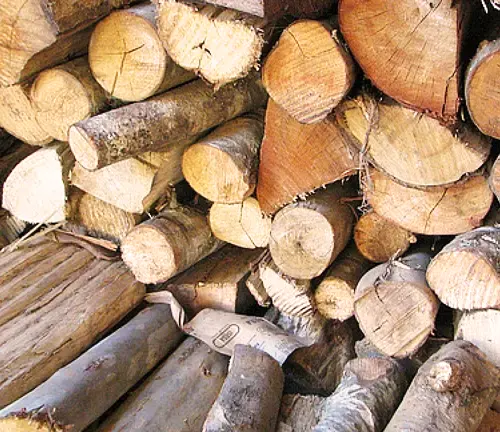
Construction
Historically, teak has been the keystone of shipbuilding, favored for its incredible resilience against the elements. Beyond shipbuilding, it’s used in luxury home construction, especially where outdoor exposure is a factor.
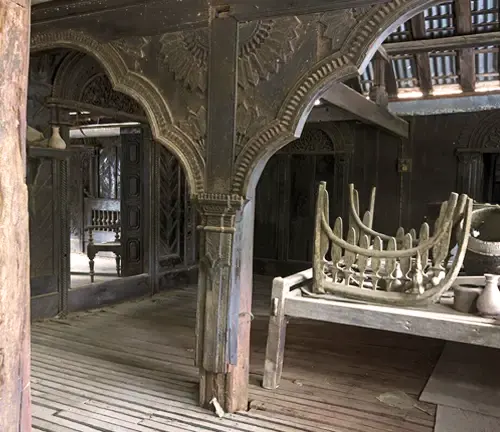
Plywood
For those desiring the beauty of teak without the hefty price tag, teak-veneered plywood offers a solution. Here, a thin layer of teak is adhered to cheaper wood cores, providing the aesthetic of teak at a fraction of the cost. This kind of plywood finds its place in decorative interiors and sometimes in marine contexts.
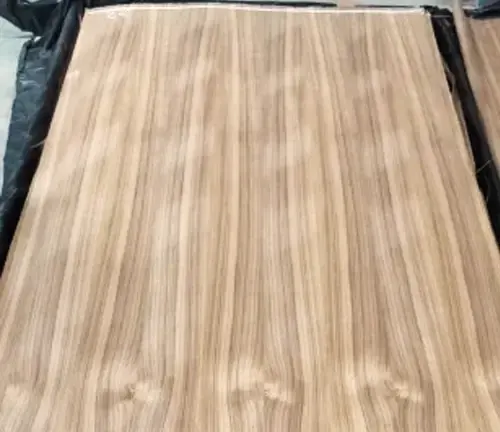
Board
Teak boards, with their inherent beauty and workability, are a staple in the woodworking industry. From ornate cabinetry to sophisticated moldings, these boards transform into pieces that radiate luxury.
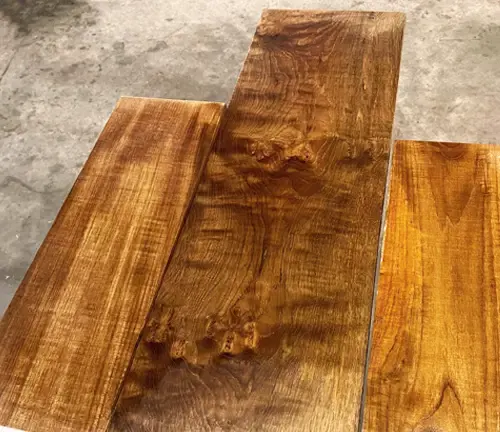
Railroad Cross Ties
The durability of teak is undoubted, making it theoretically suitable for tough applications like railroad ties. However, economic realities and the availability of cheaper, resilient alternatives mean teak isn’t a standard choice in the rail industry.
Pallet
Teak’s durability would make it excellent for pallets. But again, the cost-effectiveness comes into play. Given that pallets often have a short lifespan and are subjected to rough handling, using teak would be overly opulent.
Fencing
A teak fence is like a statement piece. While the wood ensures longevity and resistance to decay, its rich hue provides an upscale appearance to property perimeters.
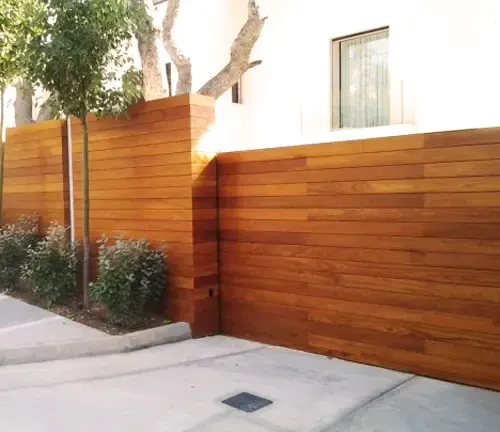
Wood Decking
Decking made from teak is synonymous with luxury. Whether it’s adorning a lavish home or the deck of a yacht, teak’s resistance to moisture and decay combined with its aesthetic appeal makes it a top-tier choice.

Live Edge Siding
For those pursuing a rustic yet sophisticated look, live edge teak siding provides an organic touch to structures, capturing the wood’s natural form and character.
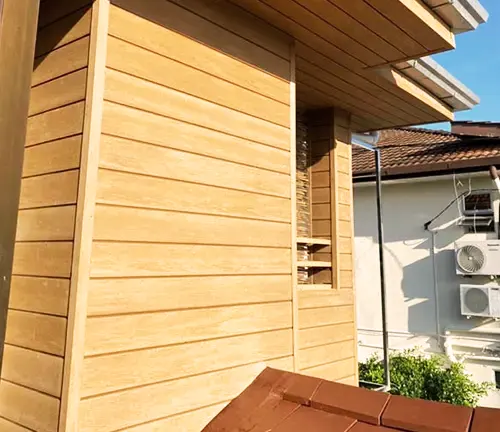
Beams
In settings where structural beams are exposed as a design element, teak beams can elevate the ambiance. Not only do they provide the required strength, but they also introduce an element of historical elegance and luxury.
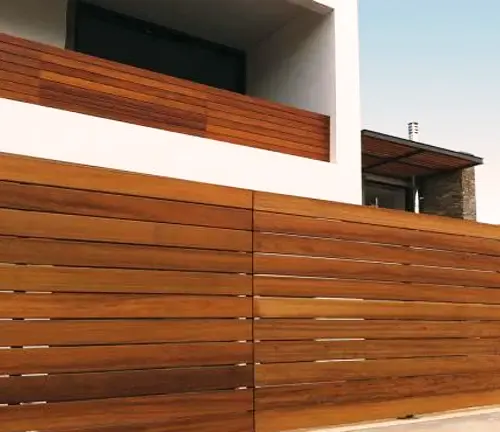
You can check our Lumber Section for an even more comprehensive look into the world of wood and its countless applications. There’s a wealth of knowledge waiting for you there, so dive right in and embark on your next enlightening read. Happy Reading!
FAQs
- Why is Burmese Teak considered the best variety of teak?
Burmese Teak, sourced primarily from Myanmar, is valued for its rich golden-brown color, straight grain, and coarse texture. Its age, natural growth conditions, and dense grain, resulting from centuries-old trees, contribute to its superior quality compared to other teak variants. - How can I distinguish genuine Burmese Teak from other teak types?
Genuine Burmese Teak has a distinct golden-brown hue and an oily touch. Over time, it develops a silver-gray patina when exposed to sunlight. It’s always a good idea to source from reputable suppliers or seek certification to ensure authenticity. - Is Burmese Teak sustainably harvested?
Given concerns about deforestation, there have been efforts to manage and regulate the harvesting of teak in Myanmar. However, potential buyers should look for certification or proof of sustainable sourcing when purchasing. - Why is Burmese Teak so expensive?
Its unparalleled quality, combined with diminishing old-growth forests, increasing demand, and the time it takes for a teak tree to mature, contribute to its premium pricing. - How does Burmese Teak fare outdoors?
Due to its natural resistance to water, pests, and decay, Burmese Teak is an exceptional wood for outdoor applications, often lasting decades with minimal maintenance. - Why does Burmese Teak turn gray over time when placed outdoors?
The silver-gray patina is a result of UV rays from the sun reacting with the natural oils in the wood. This change is purely cosmetic and doesn’t compromise the wood’s durability. - Can I use Burmese Teak for indoor furniture?
Absolutely! While it’s renowned for outdoor applications due to its durability, its rich aesthetics make it a popular choice for luxury indoor furniture and interiors. - How can I maintain the original color of my Burmese Teak furniture?
Regular cleaning and application of teak-specific oils or sealers can help maintain its original golden-brown color and prevent it from turning gray. - Is it true that Burmese Teak is resistant to termites?
Yes, the natural oils in Burmese Teak make it unpalatable to termites, giving it an advantage in areas prone to termite infestations. - Why is Burmese Teak commonly used in shipbuilding?
Its resistance to saltwater, ability to prevent rust in metal fittings, and overall durability make Burmese Teak an excellent wood for marine applications, especially in shipbuilding.
In the vast world of timber, Burmese Teak stands as a testament to nature’s ability to produce unparalleled beauty and resilience. From the dense forests of Myanmar to the heart of luxury designs across the globe, its majestic golden-brown hues and unmatched durability make it an enduring choice for craftsmen, builders, and homeowners. While other woods come and go in popularity, the legacy of Burmese Teak remains unchallenged, a timeless tribute to the wonders of the natural world. As we continue to appreciate and seek the best in quality, Burmese Teak proudly holds its ground, reminding us that some classics are truly irreplaceable.


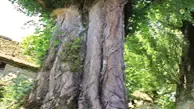

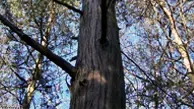

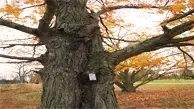

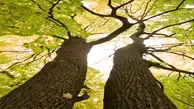

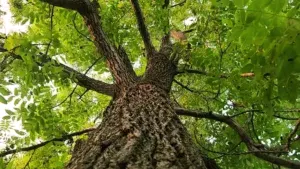
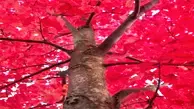
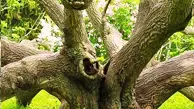
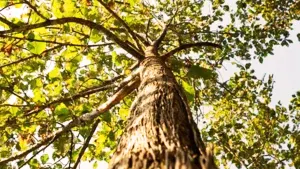
Teak is very importance our life.
Brang seng
March 26, 2024 2:13 pm